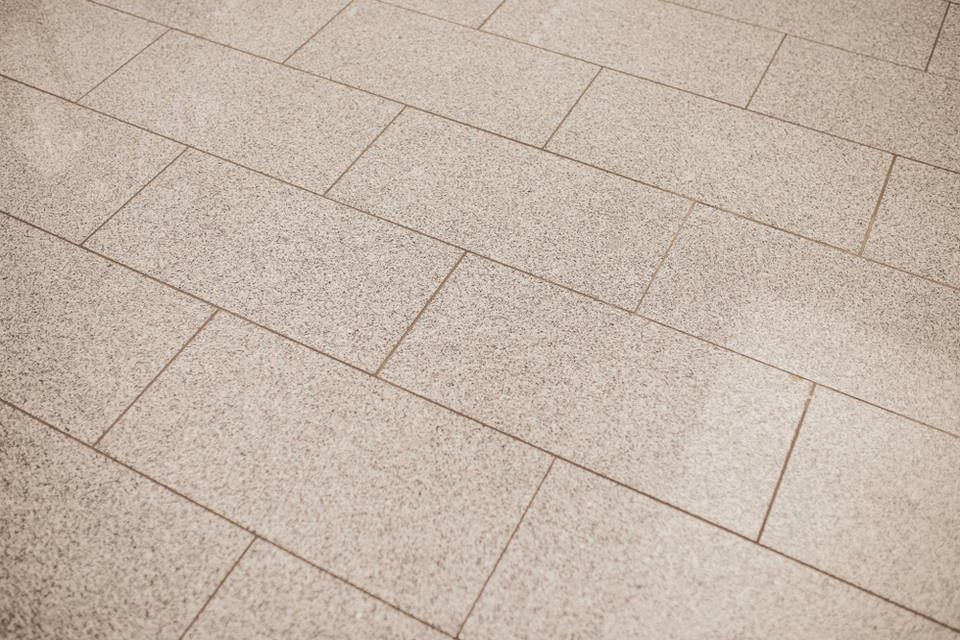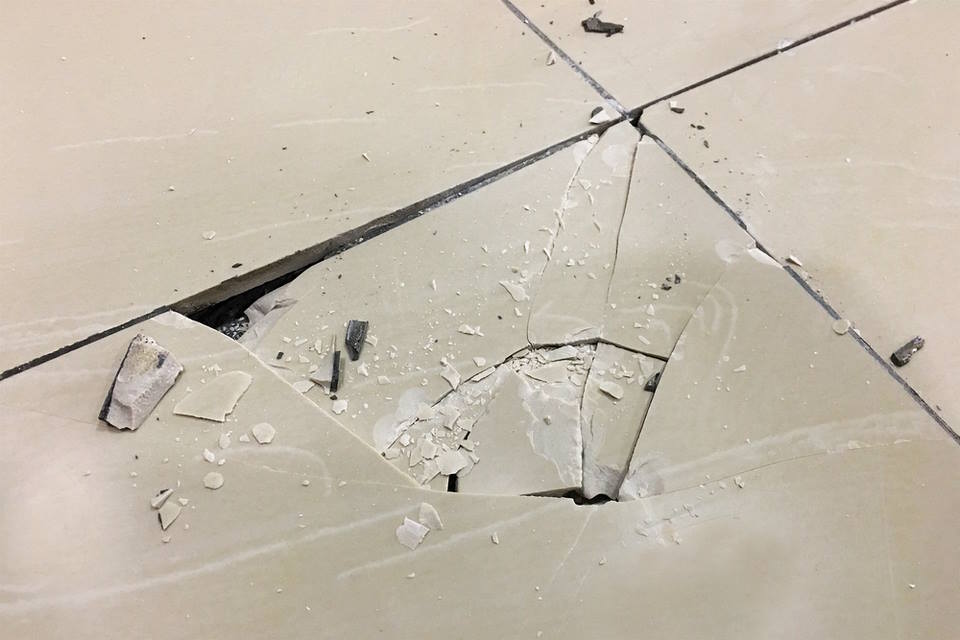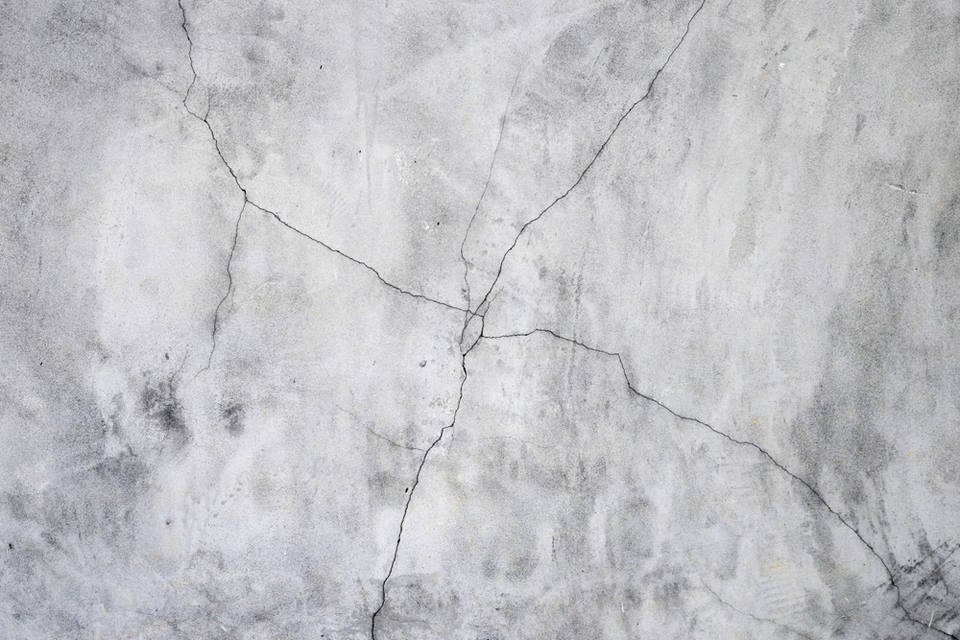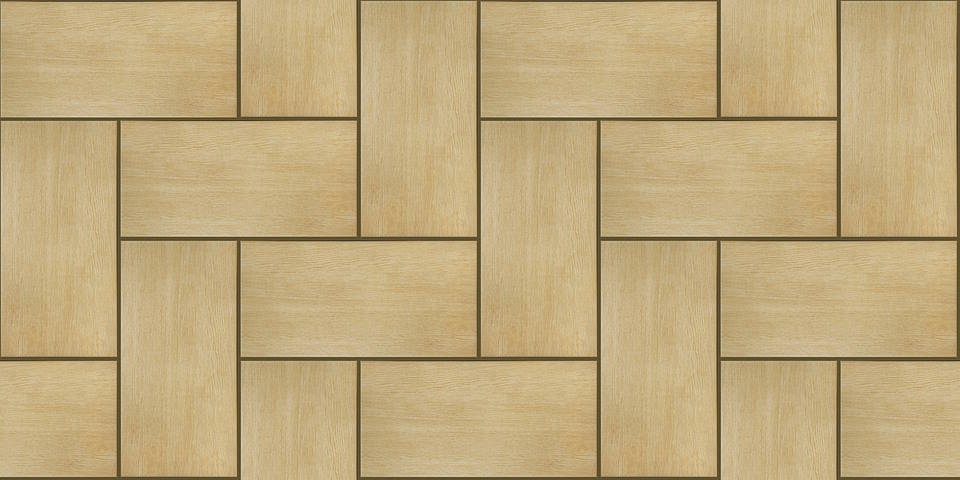When it comes to choosing the right flooring for high-traffic areas, there are several factors to consider. While it may be tempting to select the most visually appealing option, it is important to choose a flooring material that can withstand heavy foot traffic, resist wear and tear, and last for many years to come.
The flooring in high-traffic areas can experience a great deal of wear and tear over time due to foot traffic, spills, and other types of damage. Therefore, it is important to choose a flooring material that is durable and can withstand the stress of everyday use. Some of the most important factors to consider when selecting flooring for high-traffic areas include wear resistance, impact resistance, and durability.
Aside from durability, easy maintenance is another important consideration when selecting flooring for high-traffic areas. To make the most of your investment, it is essential to choose a flooring material that is easy to clean and maintain. You don’t want to spend all of your time and energy cleaning your floors when you could be enjoying your space instead. Therefore, opting for materials that are stain-resistant, water-resistant, and easy to clean can make a big difference.
Consider Durability
When it comes to flooring options, one of the top priorities in high-traffic areas is durability. High-traffic areas include spaces that experience frequent foot traffic and those that are prone to spills and accidents. Examples of these areas include entryways, hallways, kitchens, and living rooms. Choosing the right flooring for these areas can prevent premature wear, reduce the need for frequent repairs, and save you money in the long run.
When considering flooring options, it is important to evaluate the durability of the material. Some factors to consider include:
- Wear resistance: Does the flooring material hold up against heavy foot traffic without showing signs of wear and tear quickly? Materials such as hardwood, vinyl, and laminate are typically more wear-resistant than carpet or tile.
- Impact resistance: Does the flooring material resist damage from heavy objects being dropped on it? Materials such as concrete, bamboo, and hardwood are more impact-resistant than tile or vinyl.
- Water resistance: Does the flooring material hold up against moisture and spills? Materials such as porcelain tile, vinyl, and concrete are typically more water-resistant than wood or carpet.
Another important factor to consider is the installation method. Certain materials, such as hardwood or tile, may require a more experienced installer to ensure that they are installed correctly and will last longer. It is also essential to follow manufacturer guidelines for cleaning and maintenance to prolong the lifespan of your flooring.
When choosing flooring for high-traffic areas, it is crucial to balance durability with aesthetics and functionality. You may also want to consider options that provide additional benefits, such as sound insulation or eco-friendliness.
Overall, the durability of the flooring is a top consideration for high-traffic areas. When evaluating your options, it is essential to consider factors such as wear resistance, impact resistance, and water resistance, as well as choosing the right installation method and following maintenance guidelines.
Look for Easy Maintenance
Choosing the right flooring for high-traffic areas is crucial for both functionality and aesthetics. When it comes to maintenance, easy cleaning and resistance to stains and water damage are important factors to consider. Here are some tips to help you choose the right flooring for easy maintenance:
- Consider your needs: Depending on the space, some flooring options may be more suitable than others. For example, a marble floor may look stunning in a foyer, but it may not be ideal in a kitchen or mudroom where spills and stains are common. Be realistic about your lifestyle and choose accordingly.
- Choose durable materials: Durability and wear resistance should be top of mind when choosing flooring for high-traffic areas. Consider materials such as ceramic tile or luxury vinyl, which are known for their durability and resistance to scratches and scuffs.
- Opt for stain-resistant flooring: Accidents happen, especially in high-traffic areas. Look for flooring that is resistant to stains and spills. For example, carpet treated with stain-resistant chemicals or vinyl flooring with a protective topcoat can make cleaning up spills a breeze.
- Pick water-resistant materials: Water damage can wreak havoc on flooring, so choosing water-resistant surfaces is essential for easy maintenance. Hardwood floors may be beautiful, but they are not ideal for spaces where water is common, such as bathrooms or laundry rooms. Instead, look for materials like porcelain tile or luxury vinyl that are known for their water resistance.
- Consider low-maintenance options: Some flooring options require less maintenance than others. For example, polished concrete floors are easy to clean and require little maintenance beyond occasional sweeping and mopping. Similarly, natural stone floors require minimal upkeep if they are sealed and properly maintained.
- Choose easy-to-clean finishes: Some finishes are easier to clean than others. For example, a high-gloss finish may look beautiful, but it will show every mark and scuff. A matte or satin finish, on the other hand, will hide imperfections and make cleaning easier.
Choosing the right flooring for high-traffic areas can be overwhelming, but by considering factors like durability, stain and water resistance, and low maintenance options, you can make the task much easier. Focus on practicality and ease of cleaning, and you’ll be rewarded with beautiful floors that stand up to the wear and tear of everyday life.
Think about Aesthetics
When it comes to choosing flooring for high-traffic areas, it’s important to consider not only durability and maintenance but also aesthetics. After all, you don’t want your space to sacrifice style for functionality. Here are some tips for thinking about aesthetics when selecting flooring for high-traffic areas.
Color: Choosing the right color is key when considering aesthetics in high-traffic areas. Light colors can make a space feel larger and brighter, while darker colors can make a space feel cozier and more intimate. However, keep in mind that lighter colors may show dirt and stains more easily, while darker colors may show scratches more easily. Consider the overall color scheme and style of your space when selecting flooring colors to ensure a cohesive look.
Pattern: Patterns can add visual interest and depth to a space, but they can also be overwhelming if not used thoughtfully. For high-traffic areas, consider low-maintenance patterns that won’t show wear and tear as easily. Textured or patterned carpet can help mask dirt and stains, while patterned tile or vinyl can create a dynamic visual effect.
Material: Different materials can offer different aesthetic benefits. For example, hardwood floors can add warmth and elegance to a space, while concrete floors can create an industrial, modern look. Additionally, some materials like cork or rubber offer unique textures and patterns that can add interest without sacrificing functionality.
In conclusion, just because you need a durable and low-maintenance floor for high-traffic areas doesn’t mean you have to compromise on style. Consider factors like color, pattern, and material to choose a flooring option that meets both your aesthetic and practical needs.
Noise Reduction
When designing a space, selecting the right flooring is crucial. Picking the perfect flooring for high-traffic areas can be a daunting task, but it is essential to make the correct decision to ensure a comfortable and safe environment for you and your family.
Noise pollution can cause significant disturbances to daily life. Noise can cause annoyance, discomfort, and even harm to human health. Installing floors with sound-reducing properties can dramatically improve the quality of life in your house.
If you are considering a flooring option that provides noise reduction, there are a few choices to check out. Cork and carpet are two flooring types that offer sound insulation features.
Cork Flooring
Cork flooring is an excellent option for high-traffic areas because it is scratch-resistant, shock-resistant, and water-resistant. It is also well-known for its acoustic insulation properties. The natural sound barrier provided by cork reduces the noise generated while walking, playing, or even loud music.
Cork is an eco-friendly material, meaning that it is a sustainable choice for flooring. Cork is a renewable resource obtained from the bark of the cork oak tree, which grows back in a span of a few years after being detached.
Carpet Flooring
Carpet flooring absorbs sound in the room and reduces the amount of noise transmitted between different levels of the house. With carpet flooring, you can expect a significant reduction in noise levels produced by conversations, electronics, or footsteps.
Carpet flooring is also trendy because it provides a cozy and warm feeling in any room. It is an excellent choice for insulating your home, which can help you save on energy costs in the long run.
Cost Comparison
When it comes to choosing flooring for high-traffic areas, cost is always an important factor to consider. While durability and maintenance are crucial, you also want to make sure that you’re getting a good value for your money. Here, we’ll explore the costs of different types of flooring and factors that can affect installation and maintenance expenses.
Hardwood Floors
Hardwood floors are a popular choice for high-traffic areas because of their durability and classic look. However, they can be expensive to install, with prices ranging from $8 to $14 per square foot for materials and installation. Additionally, hardwood floors require regular refinishing and may need to be replaced over time. Maintenance costs can vary, with refinishing and repair averaging $3 to $4 per square foot.
Laminate Floors
Laminate floors are an affordable alternative to hardwood, with prices ranging from $2 to $8 per square foot. They’re also easy to install, which can save on installation costs. However, laminate flooring may not be as durable as hardwood and can show wear and tear over time. Maintenance costs are minimal, with occasional cleaning and repair averaging $1 to $2 per square foot.
Tile Floors
Tile floors are a durable and easy-to-maintain option for high-traffic areas. Prices vary depending on the type of tile and complexity of installation, with costs ranging from $5 to $15 per square foot. Installation costs may be higher if you choose custom designs or patterns. Maintenance costs are minimal, with occasional cleaning and repair averaging $2 to $3 per square foot.
Carpet
Carpet is a popular choice for noise reduction and comfort in high-traffic areas, but it may not be as durable as other flooring options. Prices vary depending on the type of carpet and installation complexity, with costs ranging from $2 to $8 per square foot. Maintenance costs can be higher for carpet, with regular cleaning and occasional replacement averaging $3 to $4 per square foot.
Vinyl Floors
Vinyl floors are a budget-friendly option that can be durable and easy to maintain. Prices range from $1 to $5 per square foot for materials and installation, with minimal maintenance costs. However, vinyl flooring may not provide the same level of durability as other options and may need to be replaced over time.
The cost of flooring for high-traffic areas can vary depending on the materials used and installation complexity. It’s important to weigh the upfront costs against long-term maintenance expenses to find the best value for your budget. Consider factors like durability, ease of maintenance, and aesthetic appeal when making your decision.
Sustainability and Environmental Impact
When choosing flooring for high-traffic areas, many factors come into play. One important consideration is the sustainability and environmental impact of the flooring. With growing concerns for our planet’s health, it’s crucial to choose eco-friendly options that reduce our impact on the environment.
One of the most sustainable flooring options is cork. Cork is harvested from the bark of the cork oak tree, which grows back after harvesting. It’s a renewable resource and the production process has a low impact on the environment. Cork is also naturally hypoallergenic and antimicrobial, making it a great option for those with allergies.
Bamboo is another eco-friendly option to consider. It’s a type of grass that grows rapidly, making it a renewable material. Bamboo flooring is durable and can mimic the look of hardwood, tile, or stone. However, it’s important to note that the manufacturing process of bamboo flooring involves chemicals and adhesives that may not be environmentally friendly.
- Cork is a sustainable and renewable flooring option
- Bamboo is another eco-friendly choice, but the manufacturing process may not be as sustainable
Another sustainable flooring option is linoleum. Linoleum is made from natural materials like linseed oil, pine resin, and wood flour. It’s biodegradable and recyclable, making it a great option for those who want to minimize their environmental impact. Linoleum is also durable and easy to maintain, making it a practical choice for high-traffic areas.
It’s important to note that some flooring options may have a negative impact on the environment. For example, vinyl flooring is made from polyvinyl chloride (PVC), which is a toxic plastic that can release harmful chemicals into the environment during production and disposal. Carpeting is also a concern, as it’s often made from synthetic materials and can trap allergens and pollutants. When choosing flooring, be sure to research the environmental impact of the materials and manufacturing process.
Choosing sustainable flooring options for high-traffic areas is not only good for the environment but also for our health. Cork, bamboo, and linoleum are great eco-friendly options to consider, while vinyl and carpeting may not be the best choices. By making conscious decisions on the materials we use, we can reduce our impact on the environment and make our homes and public spaces safer and healthier.
Conclusion
When it comes to choosing the right flooring for high-traffic areas, there are several factors that should be taken into consideration. These factors range from durability to ease of maintenance to noise reduction to aesthetics. Choosing the right flooring for high-traffic areas is important as it can save you time and money in the long run.
One of the most important factors to consider when choosing the right flooring for high-traffic areas is durability. High-traffic areas such as hallways, entryways, and kitchens require flooring that can withstand heavy use and foot traffic. Hardwood flooring is a popular option for high-traffic areas as it is durable and long-lasting. Other popular options for high-traffic areas include ceramic tile, vinyl, and laminate.
Another important factor to consider is ease of maintenance. High-traffic areas require flooring that is easy to clean and maintain. Stain resistance and water resistance are important features to look for when choosing flooring for high-traffic areas. Hardwood flooring, while durable, can be difficult to clean and maintain. Ceramic tile and vinyl flooring are easier to clean and maintain, making them ideal for high-traffic areas.
Aesthetics is also an important factor to consider when choosing flooring for high-traffic areas. High-traffic areas are often the first part of a room that people see, so it’s important to choose flooring that looks good and complements the overall design of the space. Choosing a flooring color and pattern that doesn’t show dirt and wear and tear as easily can also help to prolong the life of the flooring.
Noise reduction is another factor to consider when choosing flooring for high-traffic areas. High-traffic areas can be noisy, so it’s important to choose a flooring material that provides noise reduction. Carpet and cork flooring are popular options for high-traffic areas as they provide excellent noise reduction.
Cost is another important factor to consider when choosing flooring for high-traffic areas. While hardwood flooring may be beautiful and durable, it can also be expensive. It’s important to consider installation and maintenance costs when choosing flooring for high-traffic areas. Ceramic tile, vinyl, and laminate flooring are often more affordable options for high-traffic areas.
Lastly, it’s important to consider the sustainability and environmental impact of the flooring. Materials such as bamboo and cork are sustainable choices, while carpet is not. It’s important to research the manufacturing process and materials used in creating the flooring option you choose for high-traffic areas.
In conclusion, choosing the right flooring for high-traffic areas requires consideration of several factors, including durability, ease of maintenance, aesthetics, noise reduction, cost, and sustainability. Taking these factors into account can help you make the best choice for your high-traffic area, saving you time and money in the long run.







